Parent Grief Journeys – USA

OVERVIEW
Watch the film trailer:
Bereavement experiences following the death of a child remain largely hidden. As part of the Visualizing Loss project, five families across Pennsylvania shared their grief experiences through filmmaking, highlighting their own perspectives.
We explored several questions throughout this project:
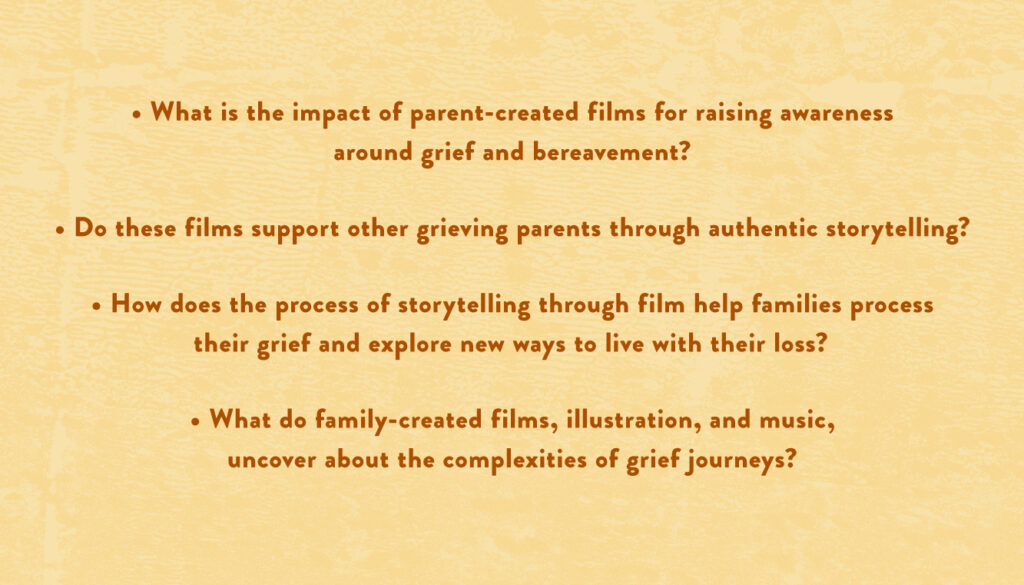
or read on to gain insights into the collaborative process behind the filmmaking.
A COLLABORATIVE PROCESS
Drs. Jessica Burke and Sara Baumann, researchers in the Department of Behavioral and Community Health Sciences at the University of Pittsburgh School of Public Health, and the creators of Collaborative Filmmaking, partnered with experts at the Pediatric Palliative Care Coalition to complete this project.
The study was supported by an Advisory Board, comprised of palliative care experts, health care providers, a study participant representative, and a trained social worker.
“incorporating artists and their expertise was integral
to the project mission”
At all stages of the project, incorporating artists and their expertise were integral to the project mission. To launch the project, graphic designer, Sophie Maliphant, joined the team to design a visual identity to represent the values and vision of the project. We aimed to create a visual identity that would support the full team to effectively communicate about the study, and bring the participants together in a meaningful way to demonstrate how their individual perspectives will weave together as one. The participants engaged with the design process by viewing initial samples of the visual identity, and provided input on ways to ensure the logo represented their experiences.
COLLABORATIVE ILLUSTRATION PROCESS
Our designer, Sophie Maliphant, was given the key themes and transcripts for each families’ films. Using the visual aesthetic that had already been defined in the logo making process, she created a unique illustration for each family that incorporated some of the key elements of their experiences. The images were shared with each participant through explanatory videos and they were able to make amends and updates to ensure it truly captured their story.
COLLABORATIVE SONGWRITING PROCESS
To complete the final documentary film, we collaborated with Claire Gunsbury and Sean Andres of the Lullaby Project to conduct collaborative songwriting for the final Collaborative Documentary. The families partnered with musicians to incorporate instruments and elements that told their stories through powerful musical motifs.
Film editor, Lindsay Allen, supported the project by providing editing support at all stages of the process to ensure that the filmmakers had the resources to create films that represented their vision. Lindsay was integral to pulling together all the individual films, graphics, and music and turning all the filmmakers pieces into one Collaborative Documentary.
The Collaborative Filmmaking Process
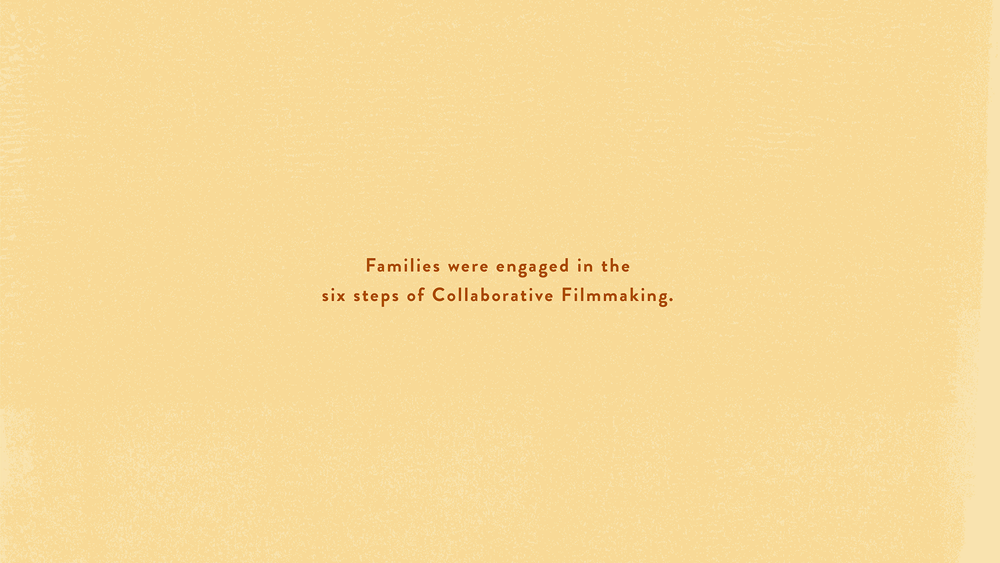
In this project, five families partnered with the study team to conduct Collaborative Filmmaking.
All our participant families were based in the state of Pennsylvania.
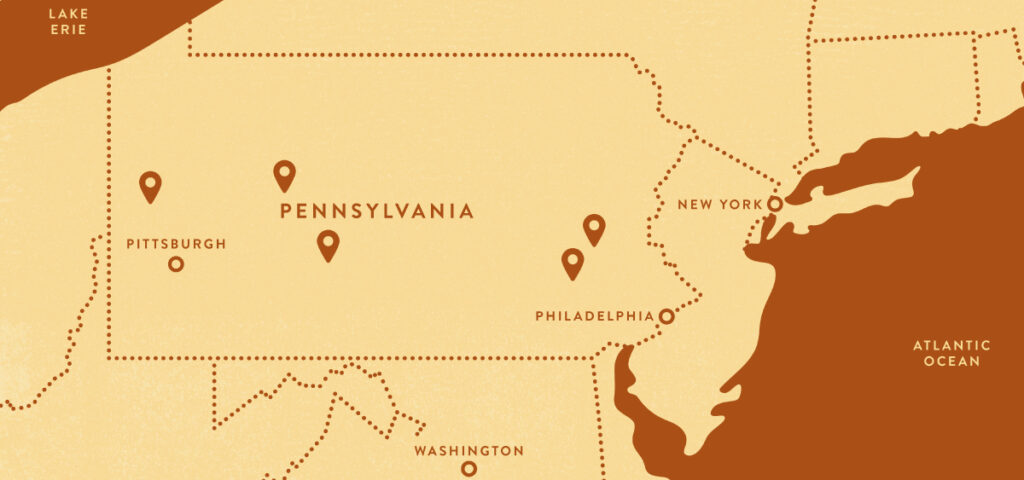
In step one, participants were trained in a two-day virtual training that focused on introducing the focus of the study, brainstorming ideas for their films, and introducing the filmmaking equipment.
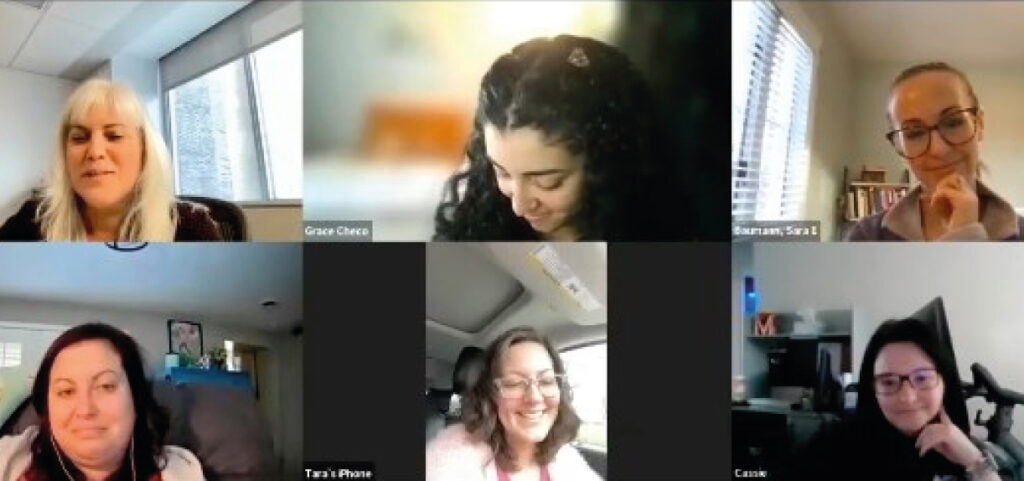
Next families were provided filmmaking kits to create their films, which consisted of iPads, tripods, lights, and microphones.
We asked them to respond to one or more of the following filmmaking prompts in their films:
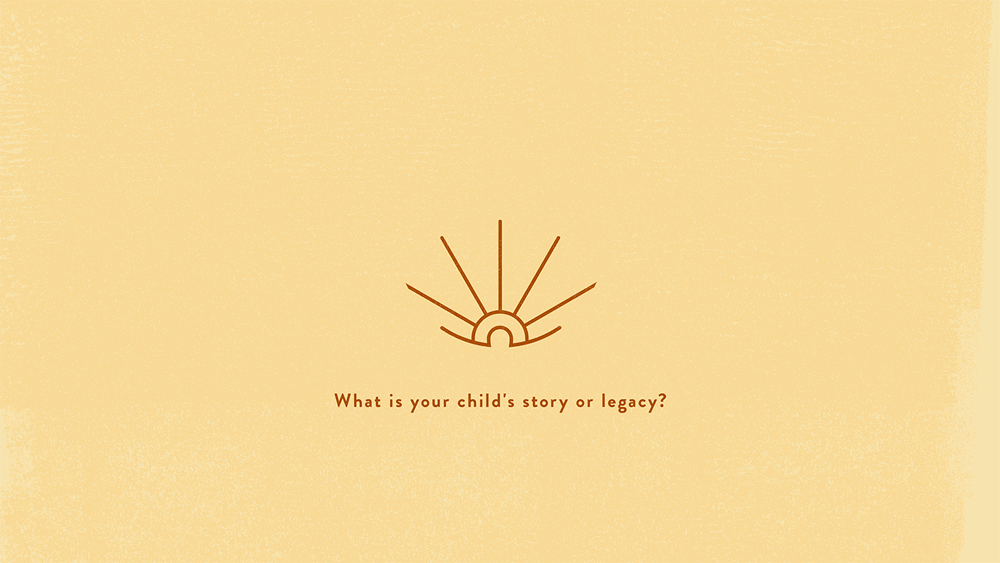
As a result, each participant created a short film that celebrated the legacy of their child and explored a range of key topics related to their grief journey and experience navigating palliative care for their child. The films illustrate various elements of the grief journey, which are unique for each family.
Each film highlighted different elements of the grief journey that parents must navigate. The films and the co-analysis sessions uncovered that the grief journey is complex and evolving, and these experiences do not necessarily provide a complete picture or generalize all experiences.
THE FILMS
Please click below to jump to a particular film or scroll to explore them all.
Film One: Cassie and Jack
Film Two: Allyson and Timothy
Film Three: Maureen, Doug and Isaiah
Film Four: Megan and Ryder
Film Five: Tara and Elizabeth
FILM ONE:
Cassie and Jack
One of the key messages that Cassie highlighted, was her experience of
gaining and losing relationships
throughout her bereavement journey. She discusses the outpouring of support through her care team: “Although we feel so alone and so isolated in this world without Jack, we know that we have the support of all of the doctors, nurses, social workers, therapists, and all of the community that supported us…. I think the pediatric palliative care community gets it. I don’t know that the adult world or the rest of the world gets it, but I think that people within that community understand that.” On the other hand, losing or changing relationships were also a part of this process: “I’ve so many friends… a lot of them were really there for us in the beginning [but] don’t even talk to us now. I don’t know if it’s too hard for them. I don’t know if it’s because we couldn’t do the things that they do.”
“I don’t know that the adult world or the rest of the world gets it, but I think people within that community understand.”
Cassie and Jack’s bespoke illustration:
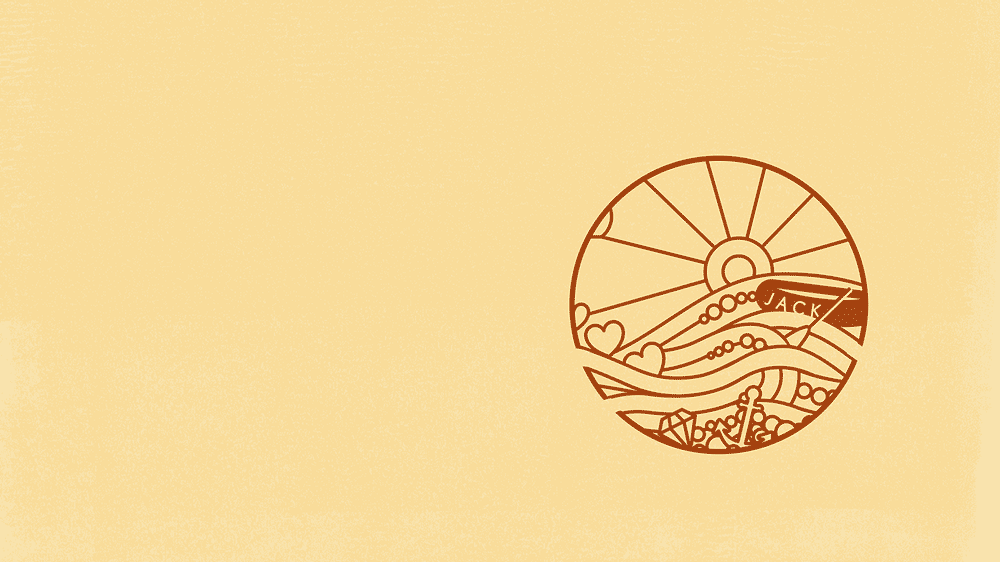
FILM TWO:
Allyson and Timothy
In Allyson and Timothy’s film, key themes of
grief always being present and the importance of inviting others in
are important messages. Allyson explains, “I guess just because people are friends and family, we could tell that they stayed away… so I wrote a newsletter describing everything. And I wrote [a] poem in the newsletter. It was called Timothy’s teachings… it gave the information on his diagnosis, it gave a perspective of what we were doing, why we were doing it, his progress. I see that right here in the very first it says ‘Timothy challenges you. While reading this newsletter, sit on your hand,’ was what I got from my class, ‘try not to swallow for 5 minutes. Next time you have an itch, try not to scratch for 10 seconds. While laying in bed, see how long you can go without moving.’ So it challenges you. Then I gave some general information on Spinal Muscular Atophy (SMA). [There] was a need for reaching out and explaining things. And I almost felt like I had to comfort other people so they could comfort me, just so they would feel comfortable enough to come and visit and see and ask questions and call. So I had to open that door up because I think the isolation became too much.” In her film, Allyson also visualizes how grief is never gone. “No, [grief is] never gone. Never gone. I call it… the phantom pain. And I incorporated it and this is my nursing perspective of an amputee. The leg is gone, but you still feel a tickle or itch from time to time. And that’s kind of what I feel like anyway. It’s just all this stuff. The holidays always, it hits a little more. The empty stocking, I still have the greens outside. I have to make a wreath or at least some greenery to decorate the grave for Timothy and my parents who are now passed away. They’re very close to each other down the street. It’s always a mixed bag. It’s kind of a melancholy time of year. But again, you pull yourself up because you have other kids to raise.”
“I almost felt like I had to comfort other people so they could comfort me.”
Allyson and Timothy’s bespoke illustration:
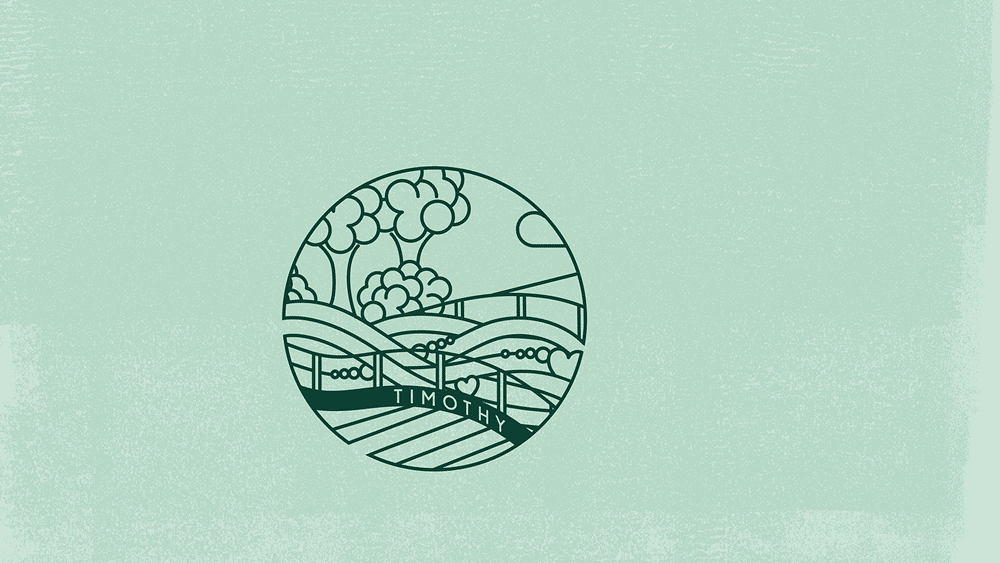
FILM THREE:
Maureen, Doug and Isaiah
In Maureen, Doug, and Isaiah’s film,
coping by faith and coping by helping others
are key messages woven throughout the film and co-analysis sessions. Maureen explains, “We believe in the God of the universe, and I know that there’s probably different beliefs and thoughts out there, but we believe in the creator of heaven and earth. One God and He alone helped us through… that God’s always with us, he created all of us, he loves us, and he’s always there. That’s also kind of the calm in the storm of our crazy life.” Maureen also expressed that supporting and helping others has helped their family navigate the grief process. For example, they decided as a family to organize a birthday party and carnival in memory of Isaiah, and to donate a swing for other families with children with special needs. She describes this time: “… it was also helpful for the community, [and] it also gained us more support because as we were able to express what had happened to us and share a little bit at the time, only a little bit about Isaiah’s life, we were able to get support from other people and kind of join a larger community of people that have children with special challenges around us. Being able to help others through it is so helpful. Being able to use that experience to make it a little easier or to know someone knows where you’re at is helpful to you and them.”
“We were able to get support from other people and kind of join a larger community of people that have children with special challenges around us.”
Maureen, Doug and Isaiah’s bespoke illustration:

FILM FOUR:
Megan and Ryder
Megan and Ryder’s film and discussions illustrate the
challenge in navigating a new identity after the loss of a child and the role of compartmentalizing emotions.
“I didn’t want [my grief journey] to define me. And I felt like it was starting to define me. And it kind of– I mean, it was my identity for 10 years. His life was my identity. And that’s how people knew me, and I mean, even in our community, I was Ryder’s mom. So part of me was like, ‘Okay, I need to figure out how to integrate this and I need to figure out how to keep going and be those other parts. Be a wife, be a mom. I’m a grandma. So how do I do that?’ And then my career was always very important to me. So how do I go forward as a social worker? And who is Megan at almost 40 as opposed to Megan who was like 26 when this all started? I mean, there’s a lot of growth in a typical person in that period, and I kind of stayed stuck for 10 years. I always feel like the world went on around me and I didn’t realize this. And I felt like I had to catch up and figure out who I was.” Megan also discussed how a part of her journey was compartmentalizing emotions: “Right. Yeah. They did have benefit because they help you make decisions that you never thought you’d have to make… so I always say I kind of split my brain into two. I had to compartmentalize my maternal instincts and my mom brain, and then I kind of kicked in the knowledge and kind of the intelligence, academic kind of that area of your brain, and kind of hit the emotion part away so that you can make those decisions. I feel like palliative care was there to support that emotional part, but I was like, that’s too hard. So, I used a lot of the intellect part just to kind of preserve myself, I think [that’s] how my brain worked.”
“I need to figure out how to integrate this and I need to figure out how to keep going.”
Megan and Ryder’s bespoke illustration:
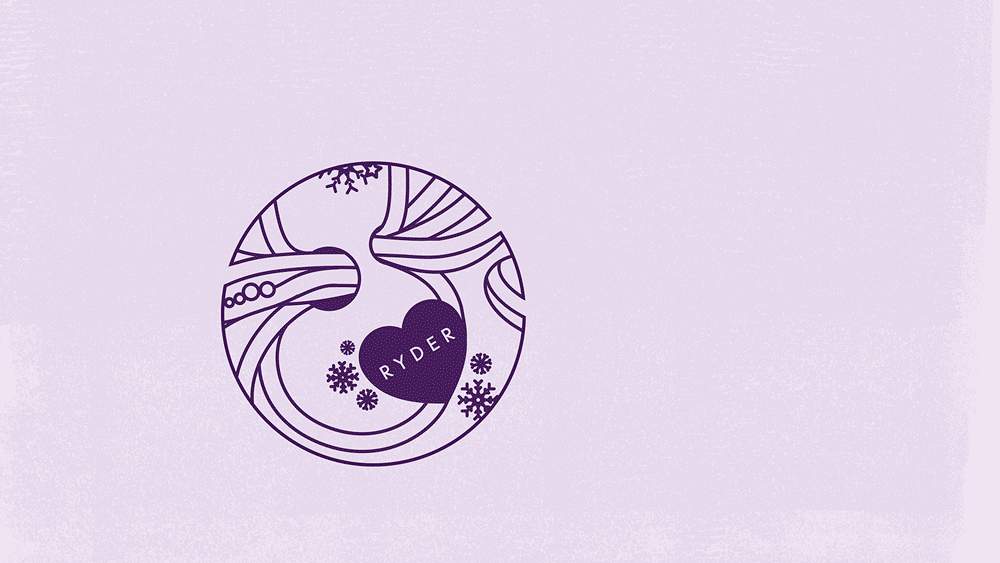
FILM FIVE:
Tara and Elizabeth
In Tara and Elizabeth’s film, knowing that
the parents worked to give the child their best possible life and coping through creativity
are key themes. “But despite all the challenges that she had and illnesses that she had if you look at the catalog of pictures I have of her life she was happy and she didn’t know that that isn’t the way that things are supposed to be…in some ways that has really helped us to sort of survive having to live without her.” Tara also explains how her family uses creative tools, like drawing, painting and writing letters to navigate their grief journey: “Our dining room is actually an art gallery of Kelton and Elizabeth’s artwork, we’ve had it like all framed and it’s hanging everywhere. And we have hung those paintings that the kids did that day that she was here. The day we brought her home on hospice. [And we also have] many pieces of artwork that we have received from people– some people we don’t even know. But that they knew her story, depictions of her, renditions of the obituary photo, like the pencil picture with the angel wings.” In another Tara discusses a little book that has space for her family to write letters to Elizabeth. “…I know for my husband and I it’s been so helpful because there’ll be something that happens and we really wish that she was there and so we just write letters to kind of talk about it even though in some metaphysical sense she probably was– like she was there or probably was there… it’s just a way of staying connected to her.”
“Our dining room is actually an art gallery of Kelton and Elizabeth’s this artwork, we’ve had it like all framed.”
Tara and Elizabeth’s bespoke illustration:

CONCLUSION
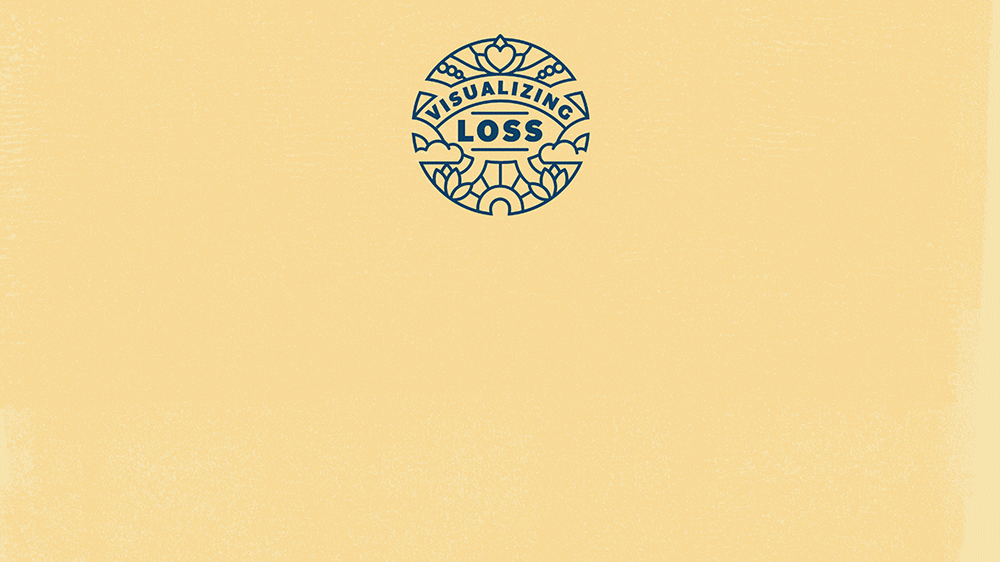
For families navigating after the loss of the child, the grief journey is complex and evolving. They turn to a range of supports yet continue to experience loss in various ways not only before a child dies, but long after their death. These films celebrate the legacy of the incredible children who navigated palliative care, the families that supported them, as well as the palliative care teams that continue to support families through their grief journeys.
View our Panel Discussion following the first public screening of the films:
View a discussion with the creators of Collaborative Filmmaking, and hear lessons learned from applying it on the Visualizing Loss Project:
Design
Visual style, illustration and webpage created by
Sophie Maliphant, The Firefly Creatrix,
with support from Annika Agarwal.




